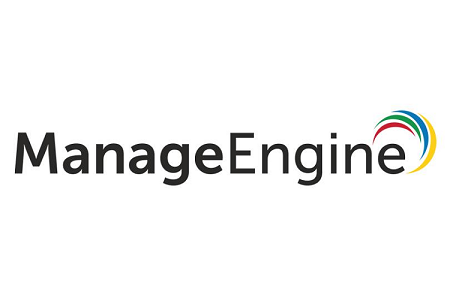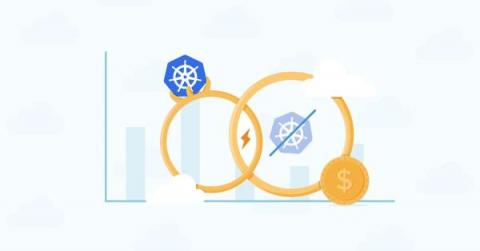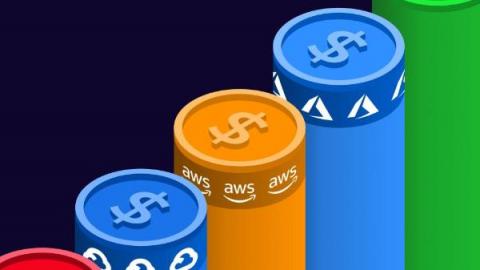Operations | Monitoring | ITSM | DevOps | Cloud
Cost Management
The latest News and Information on Cost Management and related technologies.
Eliminate Data Transfer Fees from Your AWS Log Costs
ManageEngine CloudSpend Launches Cloud Cost Management Capabilities for Microsoft Azure
The Power Of Combining Kubernetes And Non-Kubernetes Cloud Spend
Anodot Named Momentum Leader on G2's Fall Grid
We are proud to announce that Anodot has been named Momentum Leader on G2’s fall grid for Cloud Cost Management Software. G2 is the largest and most trusted software marketplace. More than 60 million people annually use G2 to make smarter software decisions based on authentic peer reviews. G2 is disrupting the traditional analyst model and building trust by showcasing the authentic voice of millions of software buyers.
RDS Pricing Explained: A 2022 Beginner-Friendly Guide
Making Decisions In The Cloud: Data Vs. Information Vs. Intelligence
Redshift Pricing Explained: A 2022 Beginner-Friendly Guide
How I monitor cloud application costs in one simple but powerful dashboard
Although there are many great tools out there to get on top of application monitoring, there’s one vital metric that’s often overlooked by us technical folks – cost. In the days of running apps on servers in private datacenters, the kit was a one-time purchase that the systems team had to deal with. But running apps in public clouds is a different story. Whether you’re running on VMs, containers in Kubernetes, or entirely serverless, execution of your code adds to the bill.











